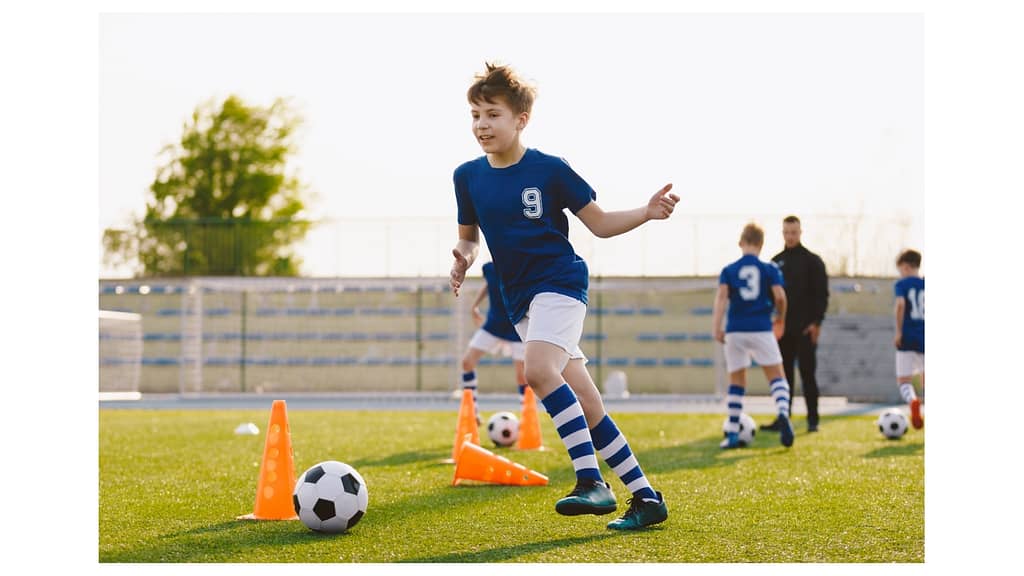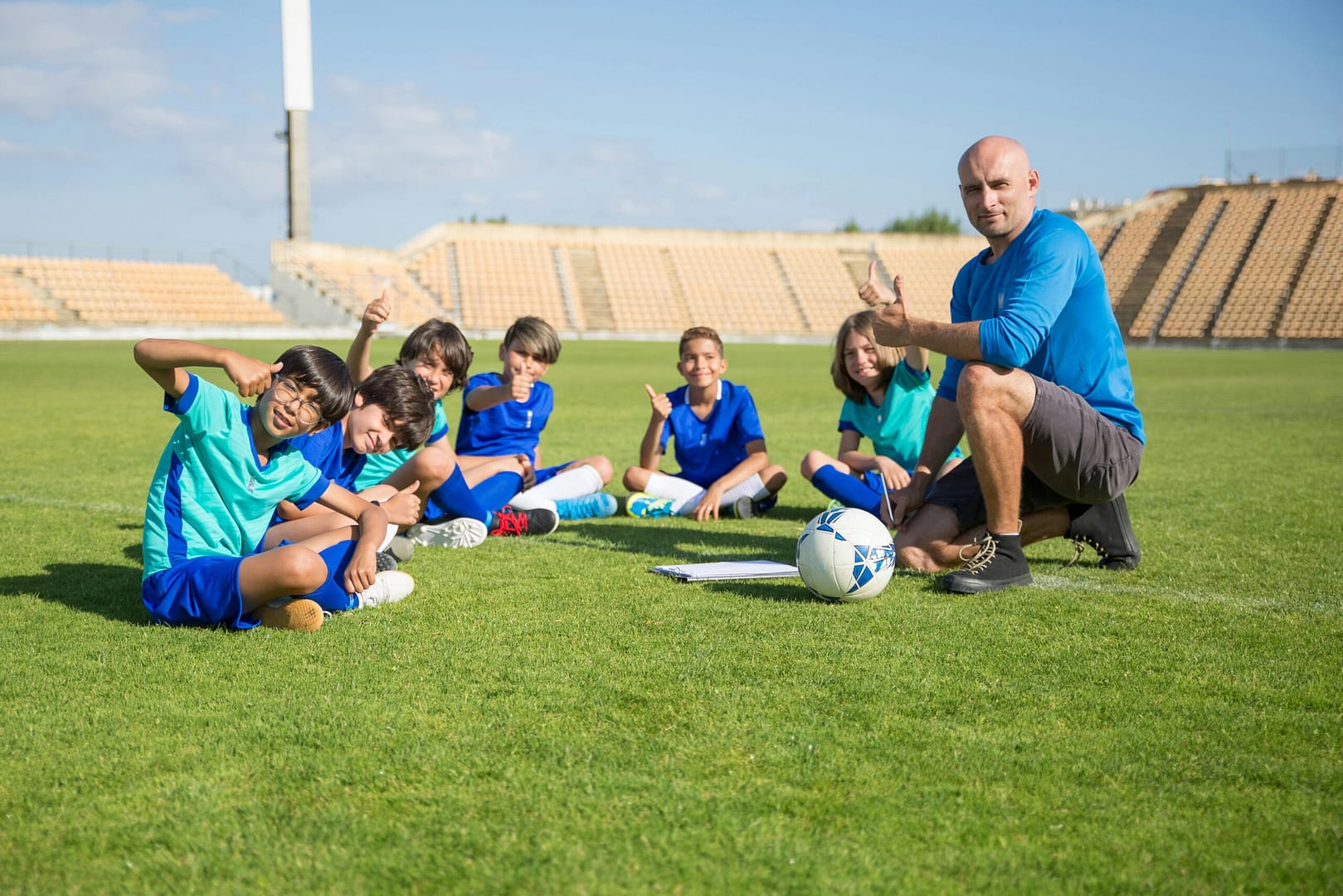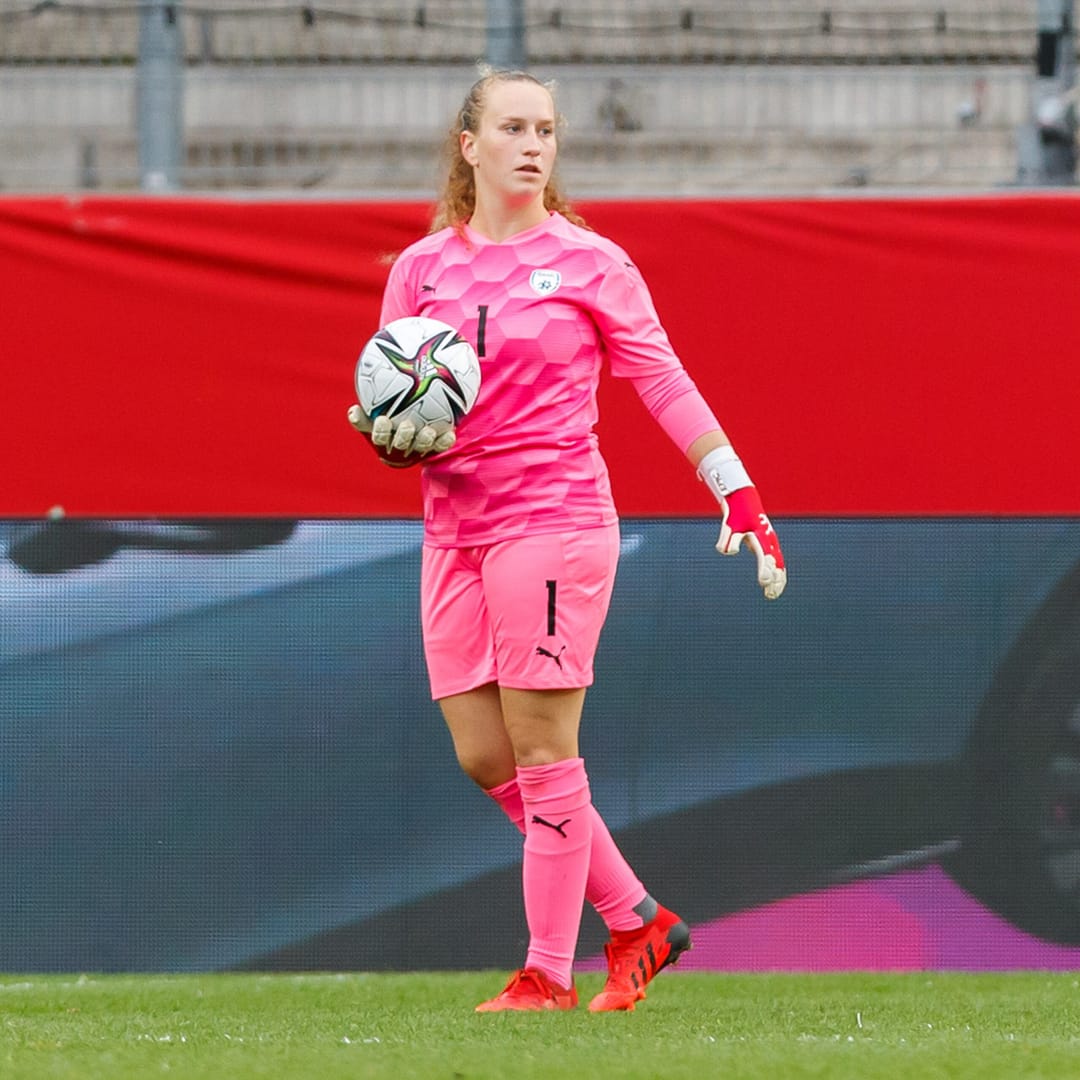Watching your child run onto the soccer field for the first time in middle school soccer can be both exciting and nerve-wracking. You may find yourself wondering how to help them improve their skills, understand the game, and enjoy playing without stress. Middle school soccer isn’t just about scoring goals—it’s about teamwork, confidence, and building lifelong habits in sportsmanship. For parents and players alike, it can feel overwhelming to navigate practices, games, and proper equipment all at once.
If you’re searching for practical tips, clear explanations, and helpful insights on middle school soccer, you’ve come to the right place. This guide will cover everything from game rules and positions to skill-building drills and soccer ball sizes. You’ll also find advice on how parents can support their young athletes and get the most out of every practice and game. By the end, you’ll feel confident helping your child succeed on the field while enjoying the game.
Understanding Middle School Soccer Basics
Middle school soccer is typically played with smaller teams than professional matches, often 7 to 11 players per side depending on school league rules. Games are shorter than high school or adult matches, making each minute crucial for learning strategy and teamwork. Coaches focus not only on winning but also on building essential skills like passing, dribbling, and positioning. Players learn how to read the game and make quick decisions—skills that are vital as they progress to higher levels.
Many schools follow age-specific rules, including smaller field sizes and lighter balls. Understanding these basics can prevent confusion and make practice sessions more productive. For instance, younger middle school players may use a size 4 soccer ball or a size 5 soccer ball depending on league guidelines. Choosing the right ball ensures proper control and helps prevent injuries, making every practice safe and effective.
Choosing the Right Soccer Ball for Middle School Players
Selecting the correct ball is crucial in middle school soccer. Balls come in different sizes: size 2 soccer balls are usually for toddlers, size 4 for younger middle school players, and size 5 soccer balls for older or more competitive players. Understanding soccer ball sizes, futsal ball specifications, and football sizes by age helps parents and coaches provide appropriate equipment. Using the wrong size can hinder skill development and make learning the game more frustrating.
For example, an 8-year-old player may benefit from a size 4 ball, which is easier to control during dribbling and passing drills. On the other hand, a U13 player moving toward competitive play might transition to a size five soccer ball. Paying attention to soccer ball diameter and weight ensures that each child can practice effectively and safely.
Key Skills to Focus On
In middle school soccer, the emphasis is on skill development rather than just winning. Core skills include dribbling, passing, shooting, and defending. Players should also focus on improving speed and agility, as quick movements can make a huge difference during games. Coaches often use drills that simulate real game situations to build confidence and decision-making ability.
Another important skill is team communication. Players who learn to signal, call out positions, and support teammates on the field often perform better during games. Encouraging your child to practice these skills at home or during extra sessions can give them a competitive edge and help them enjoy the sport more.
Position Roles in Middle School Soccer
Understanding player positions is crucial for young athletes. Typical positions include goalkeeper, defenders, midfielders, and forwards. Each position has unique responsibilities:
- Goalkeepers focus on stopping shots and organizing the defense.
- Defenders protect the goal and help transition the ball to midfielders.
- Midfielders control the flow of the game, passing between defense and attack.
- Forwards are primarily responsible for scoring goals.
Players may rotate positions during the season, allowing them to learn new skills and understand the game better. Flexibility and adaptability are key traits to develop at this age.
Practice and Training Tips
Consistent practice is essential for middle school soccer players. Short, focused sessions often work better than long, tiring practices. Drills like dribbling through cones, shooting on goal, and passing with a partner help reinforce fundamental skills. Parents can also encourage fun at-home practices with toddler soccer balls or light balls to build control and confidence.
It’s important to mix skill training with fitness exercises. Activities like sprinting, jumping, and agility ladders can improve speed and coordination, which are critical during games. Making practice enjoyable encourages children to stay motivated and keep improving over time.
Common Challenges and How to Overcome Them
Many young players face challenges such as nerves, low confidence, or difficulty mastering certain skills. Coaches and parents can help by keeping encouragement consistent and focusing on progress rather than just winning. Mistakes should be treated as learning opportunities.
Balancing schoolwork, practices, and social life can also be tricky for middle school athletes. Time management and supportive routines help players stay organized and reduce stress. By addressing both physical and emotional challenges, children can enjoy a healthier, more rewarding experience with soccer.
Benefits of Middle School Soccer
Middle school soccer offers more than just athletic development. Playing regularly helps children improve social skills, learn teamwork, and develop discipline. It also provides a healthy outlet for energy and can reduce stress while promoting a sense of achievement. Players often form friendships that last well beyond the field.
Physical benefits include improved cardiovascular health, strength, and coordination. Developing these habits early in life creates a strong foundation for future sports participation and general well-being.
About Goalnyx
Goalnyx is dedicated to providing the best resources for youth soccer players, parents, and coaches. From skill guides to equipment recommendations, Goalnyx helps families navigate middle school soccer with confidence. Their team focuses on high-quality advice, clear explanations, and actionable tips to ensure young athletes have the tools they need to succeed.
Whether you’re a parent looking for the right soccer ball, a coach planning practices, or a player aiming to improve skills, Goalnyx offers guidance that combines expertise with real-world practicality. The mission is to make soccer fun, safe, and accessible for every child.

FAQs About Middle School Soccer
Q1: What size soccer ball should middle school players use?
A: Most middle school players use a size 4 soccer ball for younger kids and a size 5 soccer ball for older or competitive players. Age and league rules determine the exact size.
Q2: How many players are on a middle school soccer team?
A: Team sizes vary by league, but typically 7 to 11 players per side play during matches. Some leagues use smaller teams to encourage skill development.
Q3: How often should middle school players practice?
A: Ideally, 2–4 short, focused practice sessions per week work best. Consistent practice helps reinforce skills while avoiding burnout.
Q4: Can beginners join middle school soccer?
A: Absolutely. Middle school leagues welcome beginners, and the focus is often on learning skills and teamwork rather than winning.
Q5: How can parents support their child’s soccer development?
A: Encourage regular practice, provide proper equipment like the correct soccer ball, attend games, and focus on effort and improvement rather than only outcomes.





